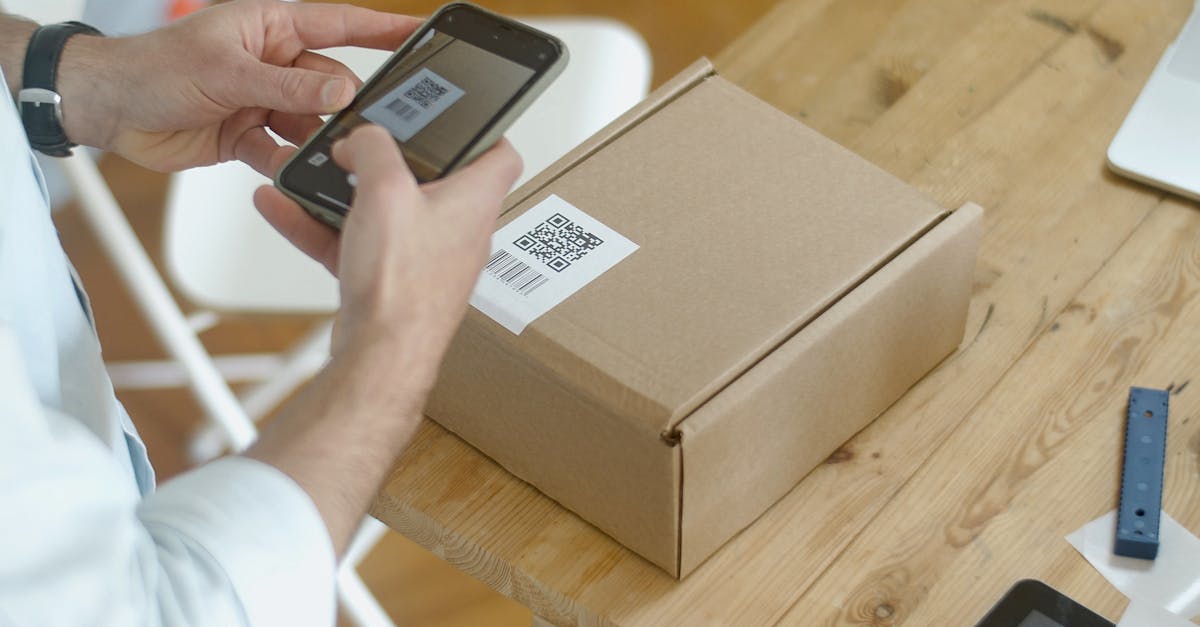Table of Contents
- Understanding Fulfillment by Amazon (FBA)
- Benefits of Using FBA for Shopify Orders
- Setting Up FBA for Your Shopify Store
- Best Practices for FBA Integration
- Challenges and Solutions
- Cost Considerations
- Wrap-up
- FAQ
Understanding Fulfillment by Amazon (FBA)
As an e-commerce business owner, you’re always looking for ways to streamline operations and improve customer satisfaction. One powerful tool at your disposal is Fulfillment by Amazon (FBA) for your Shopify orders. Let’s dive into how this can transform your business.
FBA is a service where Amazon stores, packs, and ships your products. It’s not just for Amazon sellers – Shopify store owners can tap into this robust fulfillment network too. This integration can be a game-changer for your operations.
Benefits of Using FBA for Shopify Orders
Integrating FBA with your Shopify store offers several advantages:
- Faster shipping times
- Professional packaging
- Access to Amazon’s customer service
- Reduced workload for order fulfillment
- Potential for increased sales due to improved customer experience
One of the key benefits is the ability to offer Prime-like shipping speeds to your Shopify customers. This can significantly boost your conversion rates and customer satisfaction.
According to a case study by Jungle Scout, businesses that integrated Amazon FBA with Shopify saw a notable increase in order volume and customer satisfaction scores. You can read more about this here.
Setting Up FBA for Your Shopify Store
Getting started with FBA for your Shopify store involves a few key steps:
- Set up an Amazon seller account
- Create product listings on Amazon
- Send inventory to Amazon’s fulfillment centers
- Connect your Shopify store to Amazon FBA
The process might seem daunting, but it’s quite straightforward. Amazon provides a Multi-Channel Fulfillment (MCF) app for Shopify that simplifies the integration. You can find more details about this app here.
However, managing multiple sales channels can be complex. This is where tools like Tom IT Marketplace Connect come in handy. It’s designed to simplify multi-channel selling by automating order syncing and inventory updates across platforms like Shopify and Amazon. You can check it out here.
Best Practices for FBA Integration
To make the most of your FBA integration with Shopify, consider these best practices:
- Keep your inventory levels accurate across all platforms
- Regularly review your FBA fees to ensure profitability
- Use Amazon’s labeling service to save time
- Take advantage of Amazon’s storage during peak seasons
Maintaining accurate inventory levels is crucial to avoid overselling or stockouts. Tools that offer real-time inventory syncing across channels can be invaluable here.
Challenges and Solutions
While FBA offers many benefits, it’s not without challenges. Here are some common issues and how to address them:
| Challenge | Solution |
|---|---|
| Higher costs for some products | Carefully calculate FBA fees and adjust pricing |
| Less control over packaging | Use Amazon’s branded packaging options |
| Complex returns process | Clearly communicate return policies to customers |
Many of these challenges can be mitigated with proper planning and the right tools. For instance, our Tom IT Marketplace Connect can help streamline inventory management across channels, reducing the risk of overselling.
Cost Considerations
When considering fulfillment by amazon shopify integration, it’s important to understand the cost structure. Here’s a breakdown of potential fees:
| Fee Type | Description | Approximate Cost |
|---|---|---|
| Fulfillment Fee | Picking, packing, and shipping | $2.50 – $5.00 per unit |
| Storage Fee | Monthly fee for inventory storage | $0.69 – $2.40 per cubic foot |
| Long-Term Storage Fee | For items stored over 365 days | $6.90 per cubic foot |
While these fees may seem high, many businesses find that the efficiency gains and increased sales more than make up for the costs. A study by Webbee Global found that several businesses reduced their overall fulfillment costs by utilizing Amazon FBA. You can read more about this here.
Wrap-up
Integrating Amazon FBA with your Shopify store can significantly streamline your operations and improve customer satisfaction. While there are challenges to consider, the benefits often outweigh the drawbacks for many businesses.
The key to success lies in careful planning, consistent inventory management, and leveraging the right tools to automate and simplify the process. Solutions like Tom IT Marketplace Connect can play a crucial role in managing multi-channel sales efficiently, helping you make the most of both Shopify and Amazon FBA.
As you consider this integration for your business, remember to calculate the costs carefully, stay on top of inventory management, and always prioritize the customer experience. With the right approach, shopify fulfillment amazon can be a powerful tool for growing your e-commerce business.
FAQ
Can I use FBA for all my Shopify products?
Yes, you can use FBA for all your Shopify products, but it’s often most cost-effective for items that sell frequently and aren’t too large or heavy.
How long does it take to set up FBA for Shopify?
The setup process can take anywhere from a few days to a couple of weeks, depending on how quickly you can create listings and send inventory to Amazon.
Will my Shopify customers know their order is fulfilled by Amazon?
Orders will arrive in Amazon packaging, but you can use Amazon’s branded packaging options to maintain your brand identity.
Can I still offer local pickup for Shopify orders if I use FBA?
Yes, you can still offer local pickup for items you keep in your own inventory while using FBA for other products.





